As whole industries pivoted to remote working at the beginning of the pandemic, most office-based employers quickly realized that workers can stay productive while at home. Despite a massive shift in working culture, the COVID-19 crisis proved that businesses can still function. As a result, over the past six months, regular working life grew far more accessible — a turn of events that is particularly significant to workers with disabilities.
For ages now, many talented, bright Canadians have been left behind in the workforce. According to Statistics Canada, nearly 60 per cent of Canadians who have a disability are employed, compared to 80 per cent of those without a disability.
Yet according to the Conference Board of Canada, making some improvements to workplace access, many of which have already been implemented in many companies as a result of the pandemic, would allow 550,000 adults with developmental or physical disabilities to contribute to Canada’s economy over the next decade, which would boost the country’s GDP by nearly $17 billion. This includes over 190,000 Canadians with disabilities who are attending a post-secondary institution in this country who should be part of the talent pool for the new workforce.

The reasons why they’ve been left behind are many, but accessibility plays a major role, and it goes far beyond commuting difficulties. The response to COVID-19 required a shift in thinking. Suddenly, we all had to realize that accommodations were necessary to keep companies functioning. And in turn, this accessibility levelled the playing field.
Now, companies have decisions to make as offices slowly begin to reopen. Will we advance toward inclusiveness and greater profitability, or will we drift backward to workplaces that were less inclusive, with untold lost opportunities for corporate Canada?
Those opportunities emerge when inclusivity drives policies and corporate culture, through a mix of technology, creativity and innovation. Business leaders can then tap a much larger pool of talent, while supporting all their employees.
COVID-19 has demonstrated that this isn’t about targeting any one group — everyone needs accommodation while working. Segregating solutions to serve the needs of only one group creates silos and fosters distrust among teams.
We must stop medicalizing the accommodation needs of employees with disabilities. Instead, the sustainable approach is an employment model that serves all by removing barriers to jobs and enhancing accessibility for everyone.

When companies invest in technology and are flexible to the needs of their employees, any Canadian can participate in the labour market and businesses can reap the rewards of a broader range of skills.
An equitable work environment begins by taking aim at the learning needs and gaps within an organization. The good news is that increased accessibility can be achieved with resources that, in many cases, have already been put in place. It’s simply about building a lens of inclusivity with accessibility embedded across business operations.
We can consciously use the built-in accessibility features that are already embedded in most mainstream software packages. We can turn on closed-captioning in virtual platforms. We can share documents one day before a videoconference so employees with visual impairments have time to digest them. We can build accessible taxis into HR planning so that any worker can easily reach key meetings and events.
We can purposefully create documents that are easily read aloud for those who rely on audible technology. We can make flex working and work-from-home arrangements a subject that’s embraced rather than avoided. We can make workspaces accessible at the same time that we apply physical distancing measures.
Businesses, economies and families are better off when employees are able to work to their full potential. We’ve seen this first hand at Holland Bloorview, Canada’s pre-eminent children’s rehabilitation hospital and a global leader in childhood disability research. Here, we’ve championed several transition-to-work programs, including Project SEARCH, which prepares youth with disabilities in their final year of high school for employment, and boasts a 75 per cent-plus employment rate for graduates.
While the pandemic shook us up, it also laid the foundation for a newly accessible Canada — one that will allow companies to embrace new ideas and realize new opportunities that were always present, but just out of sight.
This report by Financial Post was first published Sep 18, 2020.
Meenu Sikand
Source: thewhig
If you want to know more about disability inclusion in your company, read the Why & How’s here.

